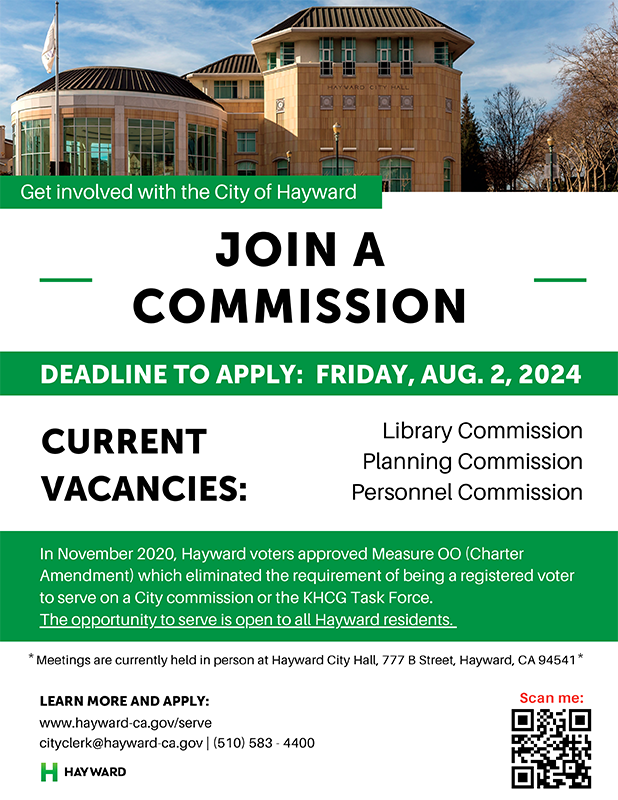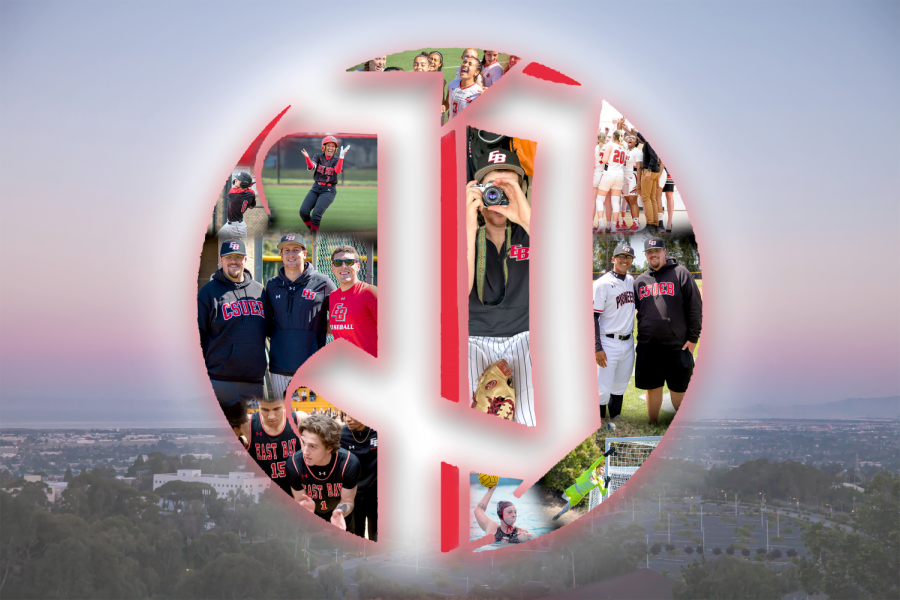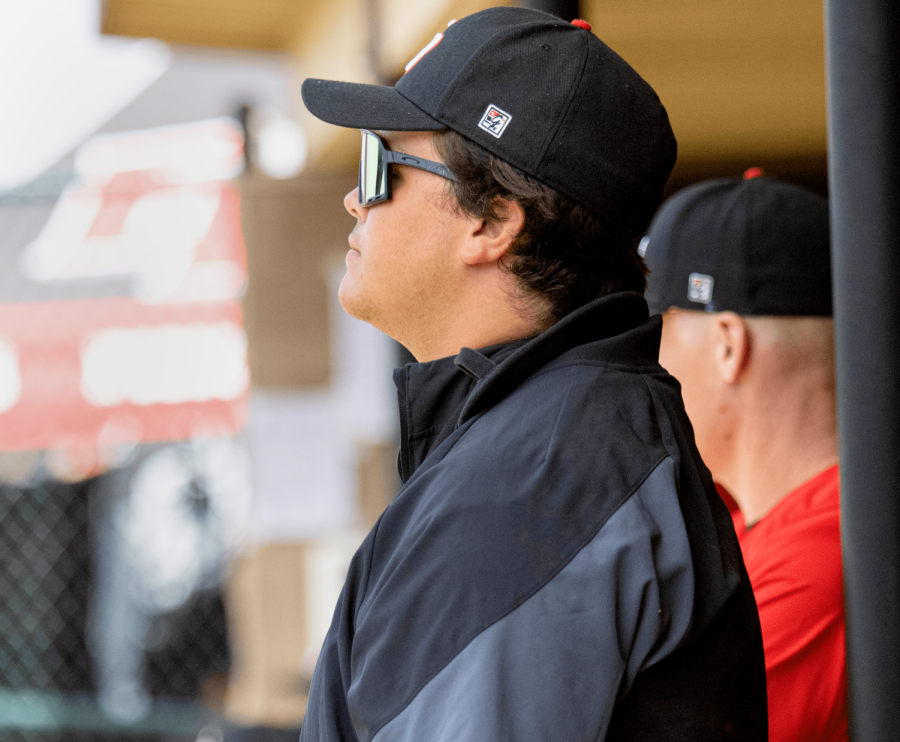The journey of Nelson Mandela is the journey of humanity itself.
His story is one of finding opportunity in the midst of strife, realizing the potential of education to deliver us from the bonds of our current circumstances, and going beyond ourselves and our selfish interests; it is a story with which the community represented by CSU East Bay is all too familiar.
I was not familiar with Mandela and his fight against apartheid and the global struggle against institutionalized racism, until I was in intermediate school.
Growing up poor, in a single–parent family and being undocumented immigrants meant our family was overwhelmed with issues pertaining to our own survival: overcoming poverty, marginalization, and a debilitating fear of the state.
My history teacher had our class follow topics related to current events, and included on that list was “apartheid.” That was when I first learned about Mandela and began to follow his story.
Mandela lost his father at a young age and his family lost their wealth and status. He believed education was the only way for him to lead his family out of poverty.
In school, he fought for the students’ right to be represented in a meaningful way with the administration. He became a lawyer and gave a voice to those who were oppressed by government that stripped them of their dignity and basic human rights.
He quickly became a community leader. He joined the African National Congress and challenged the authorities that had lost touch with right and wrong in the quest to consolidate and preserve their power.
He understood that he had to subvert the power dynamic at the time, but also learned quickly there was a natural inclination towards violence within him and empathized with the humanity of both sides.
That is when his path diverged from other leaders. It was not only his duty to subvert but also to allow himself be subverted.
When he was imprisoned for his subversive yet just acts, he did not turn to violence and accepted his sentence.
During his sentence, while the nation was spiraling toward violence, he searched to find inner peace and inner freedom from his circumstances. He continued to work towards identifying a peaceful compromise for South Africa.
He saw that he had to put aside any desire for personal justice in order to bring about societal justice, for without societal justice there would be no chance for societal peace.
He reconciled with those who oppressed him, because he identified the cause for oppression stemmed from the inner turmoil within his oppressors.
One of my favorite quotes from Mandela is an excerpt from his autobiography, “The Long Walk to Freedom.”
He states, “I knew as well as I knew anything that the oppressor must be liberated just as surely as the oppressed. A man who takes away another man’s freedom is a prisoner of hatred; he is locked behind the bars of prejudice and narrow-mindedness. I am not truly free if I am taking away someone else’s freedom, just as surely as I am not free when my freedom is taken from me. The oppressed and the oppressor alike are robbed of their humanity.”
As I watch the news coverage of the passing of Nelson Mandela, I am touched by the images of celebration. Let us celebrate his lifelong journey to deliver justice to his people and the world alike through a message of reconciliation and peace; through his understanding that justice and equity can only come from the pursuit of freedom of both the oppressed and the oppressor alike; through patience, forgiveness, and building upon the past.
Let us celebrate our humanity that binds us all.












